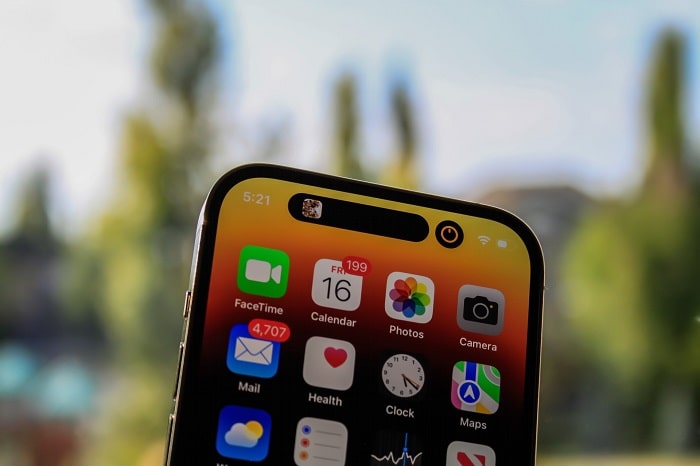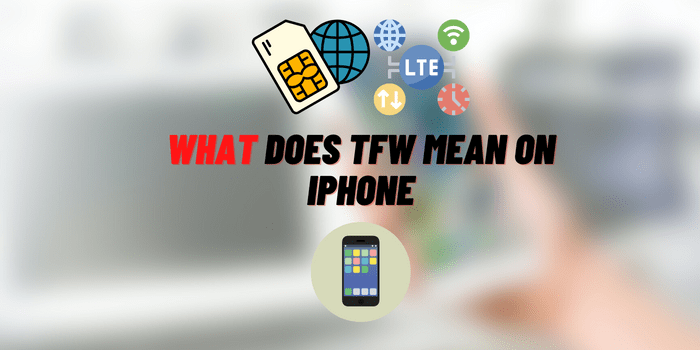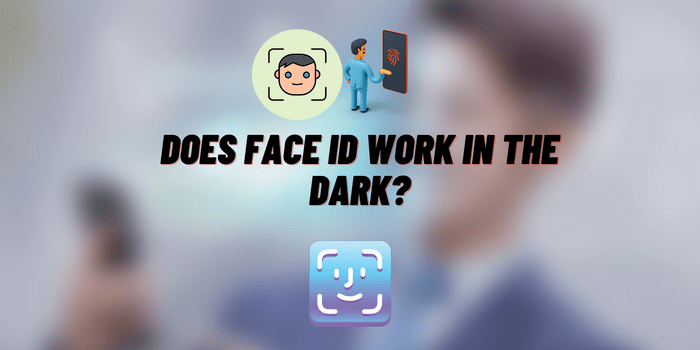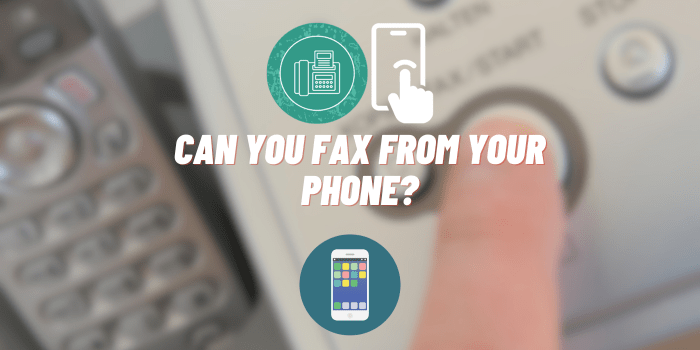Can You Open Face ID with a Picture?
How secure is your phone’s Face ID feature? Could a simple picture of you grant someone access to your personal information? In a world that’s more digitized than ever, security is a crucial concern. Face ID technology promises to add an extra layer of security, but how foolproof is it? This brings us to the question, “Can you open Face ID with a picture?” In this article, we’ll delve into the technology behind Face ID, scrutinize its security features, look at instances where it might be vulnerable, and offer tips to make it more secure.
Face ID: How Does it Work?

Introduced by Apple in 2017 with the iPhone X, Face ID was a revolutionary feature aimed at enhancing smartphone security. Face ID uses infrared technology, a dot projector, and sophisticated algorithms to create a 3D map of your face. The technology is widely used for unlocking phones, authenticating payments, and even logging into apps.
Concerns About Face ID Security
Public perception of Face ID’s security is generally positive, with many users praising its convenience and speed over traditional methods like PINs or passwords. However, skepticism exists, with some raising questions about the system’s vulnerability to hacking or spoofing attempts.
While major breaches involving Face ID are rare, there have been isolated incidents that raised eyebrows. For example, some reports suggest that identical twins have been able to unlock each other’s devices using Face ID. These instances may be outliers, but they still highlight potential weaknesses in the system.
Critics of Face ID focus on a few main areas: data privacy, reliability, and inclusivity. Storing biometric data is viewed by some as a potential security risk, while others question the system’s reliability in various conditions—such as extreme lighting or when the user is wearing accessories like sunglasses or masks. Furthermore, critics argue that efforts to make Face ID more inclusive could inadvertently make it less secure by reducing its stringency.
Can You Open Face ID With A Picture? – Full Answer

The reason a picture generally can’t fool Face ID lies in a combination of advanced 3D mapping technology, sophisticated machine learning algorithms, and a commitment to continual software updates.
The consensus among experimental tests, security experts, and even Apple is that Face ID is designed to be secure against attempts to unlock it with a 2D image, like a picture.
The sophisticated technology behind Face ID goes beyond mere facial recognition, offering a level of security that is difficult to crack.
Experimental Tests
Various independent researchers and tech enthusiasts have undertaken the task of trying to crack open Face ID using pictures. The overwhelming majority of these tests suggest that Face ID’s advanced 3D mapping and infrared technology can distinguish between a flat, 2D image and a real face. In these experiments, standard photographs, even high-resolution ones, have been largely ineffective in fooling the system.
Expert Opinions
Security experts are generally aligned with the findings of these independent tests. According to them, the chances of bypassing Face ID with a mere picture are extremely low. The technology behind Face ID uses depth perception and infrared imaging to capture a range of facial expressions and conditions, making it highly resistant to 2D spoofing attempts.
Apple’s Stance
Apple itself has been quite transparent about the robustness of Face ID. According to the company, the probability of a random person being able to unlock your iPhone using Face ID is approximately 1 in 1,000,000, compared to 1 in 50,000 for Touch ID. Apple’s white papers on Face ID security elaborate that the technology incorporates 3D mapping and AI algorithms to continuously adapt to changes in your appearance, further fortifying it against attempts to unlock it with photos.
Cases Where Face ID Might Be Vulnerable

While Face ID offers robust security features making it difficult to breach, it’s not entirely invulnerable. Cases involving identical twins, high-quality prosthetics, and certain environmental limitations highlight areas where the technology might be susceptible to compromise. Awareness of these vulnerabilities can help users take additional precautions to secure their devices adequately.
- There are anecdotal instances where siblings or twins were able to unlock each other’s devices.
- Advanced prosthetics and other high-tech methods have, in some cases, succeeded in fooling Face ID.
- Age, drastic changes in appearance, and other factors can also affect Face ID accuracy.
Why a Picture Generally Can’t Fool Face ID
One of the core reasons a flat image can’t usually trick Face ID is the technology’s reliance on 3D mapping and depth sensing. When you set up Face ID, the system employs an array of advanced sensors, including an infrared camera and a dot projector, to create a detailed, three-dimensional map of your face.
This is not just a simple photo; it’s a comprehensive model that accounts for the unique contours and depth of your facial features. The technology is designed to understand the difference between a real face and a flat image, thereby making it exceptionally challenging for a photograph to bypass the system.
Software Algorithms: Machine Learning Improves Security
In addition to hardware capabilities, Face ID employs machine learning algorithms that continually adapt to your changing appearance. Whether you grow a beard, wear glasses, or undergo other facial changes, these algorithms update your facial data to ensure an accurate match.
The machine learning aspect makes the system increasingly robust over time, learning from each successful unlock attempt to differentiate the authorized user from potential impersonators, even those using high-quality pictures.
Updates and Patches: Continual Security Enhancements

Apple’s commitment to security doesn’t stop at the initial release. The company frequently rolls out software updates aimed at patching potential vulnerabilities and improving Face ID’s reliability and accuracy.
These updates can offer enhanced protection against new types of spoofing techniques that might emerge, including sophisticated methods involving pictures or videos. By keeping your device updated, you benefit from these ongoing improvements and ensure that your Face ID feature is as secure as current technology allows.
How to Make Your Face ID More Secure
By taking these precautions, you can enjoy the convenience of facial recognition technology while also ensuring your personal information remains well-protected.
- Scanning your face in various lighting conditions can improve Face ID’s accuracy.
- Employing additional layers of authentication, like a PIN or password, enhances security.
- Keeping your device updated ensures you benefit from the latest security patches.
Conclusion
We’ve taken a detailed look at the technology behind Face ID and examined whether a picture can fool it. Based on evidence and expert opinions, the answer to “Can you open Face ID with a picture?” is generally no. To ensure your Face ID is as secure as possible, keep your device updated and consider using additional forms of authentication. By being aware and taking simple security measures, you can keep your information secure and enjoy the convenience that Face ID offers.






